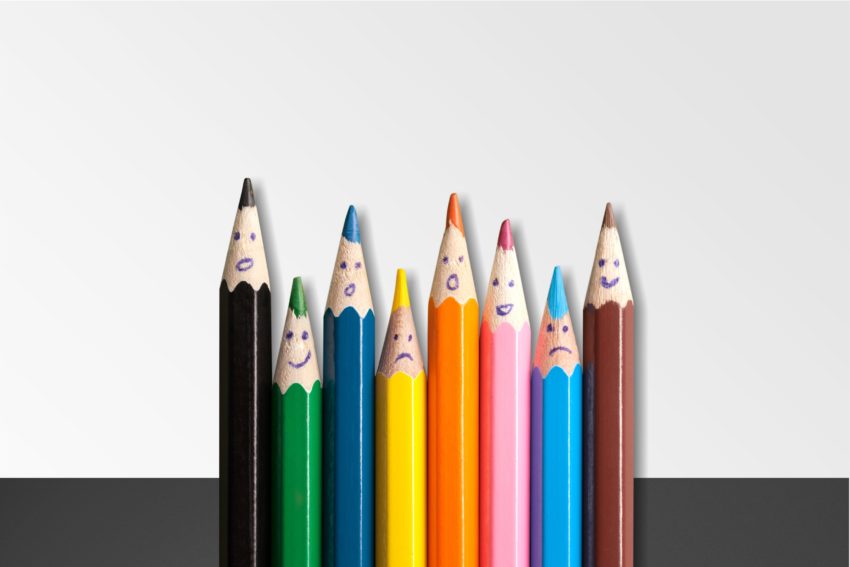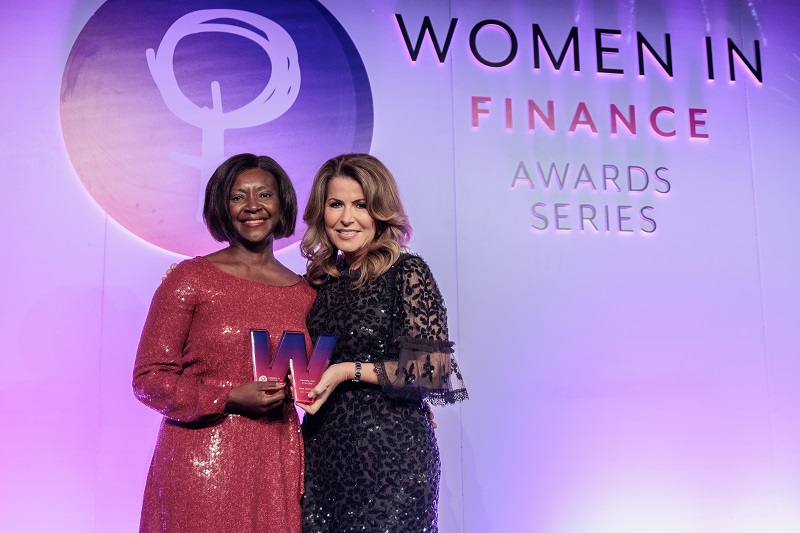Mark Sawyier, CEO and co-founder of Bonfyre, a workplace culture platform designed to build human connections at work and with co-workers, believes inclusion must come before diversity. Without an inclusive workplace or stable infrastructure, diversity, trust, innovation, and talent retention will not exist, especially with employees working remotely. Here he explains how to make inclusion happen.
Today’s leaders know that merely hiring people of different cultures, backgrounds, and perspectives doesn’t make an organisation inclusive by default. We cannot operate under the assumption that if you bring a diverse group of people together and set the ground rules for a tolerant culture, inclusivity will follow.
While it’s true that the shift to remote work unlocks a more diverse talent pool — we can now hire staff from around the world and from all walks of life. If those individuals feel like outsiders, they don’t belong, are unwelcome, or disconnected, neither they nor the organisation will benefit from their diversity.
Organisational inclusiveness
In fact, organisations and employees can only realise the well-publicised business benefits of a diverse organisation if inclusiveness is established first. If the people you bring to the table (or the Zoom, as the case may be) don’t feel comfortable sharing their perspective or have the trust among coworkers to be their authentic selves, your D&I initiative will fail.
Creating an environment where employees feel a true sense of belonging, where their point of view is valid and valued—even when it doesn’t align with the majority—is how the real magic of innovation, agility, and business growth happens.
So, yes, inclusion must come first, though specifically how do you bring that to life, especially in today’s largely remote, distributed workforce?
Inclusion first
Here are four practical ways organisations can make inclusivity a foundation for D&I programmes that deliver real results:
1: Give employees a separate digital space for relationships
To start, organisations need to be purposeful and strategic in encouraging non-work interactions among employees. That’s because the “price” we all pay for remote work are fewer in-person interactions with our coworkers. In other words, we need to find modern ways to recreate the water cooler in a virtual setting.
And doing so requires a completely separate space from the tools we use for getting our work done. What makes the water cooler, happy hour, or kickball team special is that it is separated (physically) from where we do our work – and it’s this separation that creates the “gravity” for the informal conversations with our coworkers is important for creating and maintaining relationships.
With the little separation between work and personal life, it’s more important than ever to provide a dedicated digital space for coworkers to build the trust and camaraderie that are prerequisites for inclusion.
2: Help employees find commonality
When we join any new group, one of the first things we do is try to find something we have in common. We ask questions like, “what do you do for a living?” or “where did you go to school?”
A variety of scientific studies show that finding that common ground is critical for building trust—and that we are biologically hardwired to seek it. It’s that sense that we’re on the same team because we have a common bond, even if it’s just that we both love Star Wars, or we both attended UCLA.
While creating that bond doesn’t mean we can or should necessarily engage in a discussion about a hot-button issue, it’s a start. And it lays a foundation for finding more things in common until we’ve built a relationship where we can tackle big issues and have tough conversations about differences.
Of course, commonality can also be a double-edged sword. Shared backgrounds and interests can be powerful, but they can also create an echo chamber—the exact opposite of an inclusive environment.
That’s why organisations need to be intentional about how they help employees build commonality with one another. Companies can proactively encourage employee connection around shared interests and experiences, with digital communities and affinity groups that span a wide array of topics (books, hobbies, movies, music, recreation, family activities, etc.) and transcend roles, gender, ethnicity, and location. This allows employees, even those who may not interact in day-to-day circles, bond over common interests, and build trust and relationships.
3: Expand appreciation beyond professional achievements
Most companies have programmes in place to recognise employees for a job well done, and it’s a great feeling to have your work appreciated by your peers. But what about your personal achievements? We used to talk about those in hallway conversations, but now with far fewer of those moments happening, we have to find new ways to celebrate what we get done at work and what we accomplish in our lives.
Creating digital programmes and campaigns that encourage employees to share and be recognised for their personal achievements helps them connect at a more meaningful level. For example, learning that a coworker just completed his first half-marathon, or that a team member celebrated the birth of a new baby or bought a new house—these give us a deeper understanding and appreciation for one another beyond the work we do. And this helps to further that sense of community and belonging.
4: Encourage multi-media content sharing
While we primarily send work communication via text (emails, Slack messages, etc.), in our personal lives, our communication with peers is highly visual—think Facebook, Instagram, Snapchat, memes, etc. These images and videos are a form of self-expression. We love seeing photos and videos of our friends, their families, and their adventures because it helps us connect with them and stay up to date about what’s happening in their lives.
Bringing that multi-media approach into the employee conversation has the same effect, allowing coworkers to share more about themselves, to foster connection, cohesiveness, and trust. But for the most part, our work communication channels aren’t designed to support this effectively—no one is going to send a photo of their weekend hike to the “all company” email alias.
Using a digital platform designed to encourage and promote interaction around photos and videos, rather than just text, provides colleagues with more in-depth insight into one another’s personality, their interests, and what makes them unique. While not everyone will share these glimpses into their lives (some are naturally more private or introverted), simply seeing peers as humans rather than just coworkers helps build a sense of belonging.
Self awareness
As a 35-year-old white man, I recognise that I may not have the perspective on diversity that a woman, a person of colour, or another minority may have. But I think it’s critically important that we don’t rely solely on marginalised individuals to advance the inclusivity conversation.
It’s human nature to want to feel a sense of belonging with our peers, to connect with others with whom we have commonality. And because it’s a need that transcends skin colour, ethnicity, gender, language, or any other characteristic that makes us unique, it’s up to all of us to help develop inclusive teams.
As a company in this new era of work, we are thoughtfully creating digital spaces where employees can connect personally to build trust, and camaraderie is the right place to start establishing an inclusive culture. With this foundation in place, all employees will feel more comfortable bringing their authentic selves to work and safe in exchanging ideas, even in the context of hard conversations where differences may exist.








